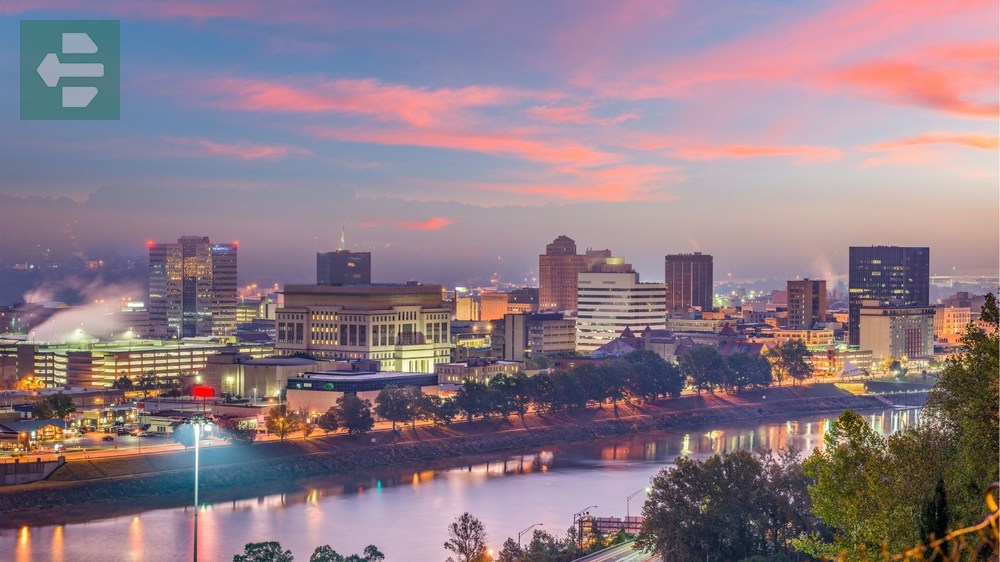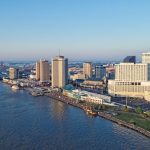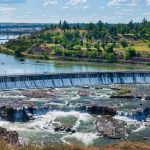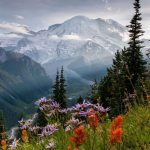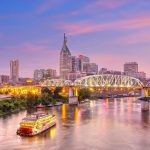Virginia offers history, mountains, and coastline in one state. The best places to visit in Virginia include Colonial Williamsburg, Virginia Beach, Shenandoah National Park, and Thomas Jefferson's Monticello. Richmond and Alexandria add urban charm to the mix.
Keep reading to discover Virginia's essential destinations that blend American heritage with natural beauty, creating memories that last beyond any vacation.
List of Contents
- 1. Colonial Williamsburg: Living History
- 2. Virginia Beach: Where Ocean Meets Boardwalk
- 3. Shenandoah National Park: Blue Ridge Sanctuary
- 4. Richmond: Capital Character
- 5. Monticello: Jefferson's Mountain
- 6. Charlottesville: University Town Charm
- 7. Natural Bridge: Limestone Wonder
- 8. Mount Vernon: Washington's Refuge
- 9. Alexandria: Cobblestone Stories
- 10. Norfolk: Naval Heritage
- Your Virginia Adventure Awaits
1. Colonial Williamsburg: Living History
Colonial Williamsburg recreates 18th-century America across 301 acres. Costumed interpreters practice traditional crafts while horses clip-clop down Duke of Gloucester Street.
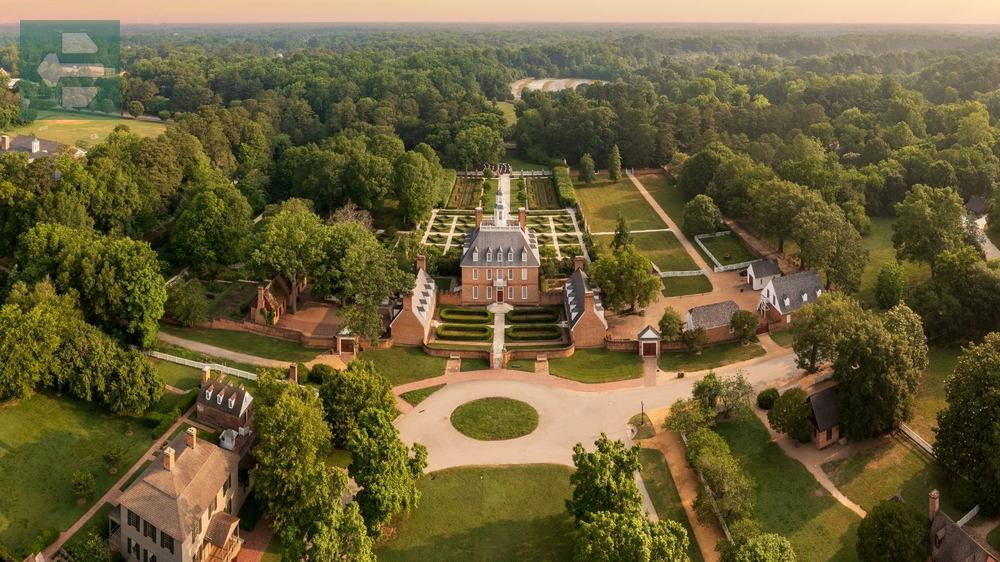
The magic happens in small moments. Watch a blacksmith shape hot iron or smell bread baking in colonial ovens. Evening programs reveal stories by candlelight that textbooks never capture.
Skip the crowded midday tours. Early morning visits offer cooler weather and smaller crowds, letting you chat with interpreters without rushing.
Quick Facts:
- Peak season: March-October
- Getting there: I-64 to Exit 238
- Admission: from $45
- Suggested stay: 2-3 days
- Key sites: Governor's Palace, Capitol Building, Merchant Square
2. Virginia Beach: Where Ocean Meets Boardwalk
Virginia Beach stretches 35 miles along the Atlantic, anchored by a three-mile boardwalk. The resort area pulses with activity while quieter neighborhoods offer family-friendly escapes.
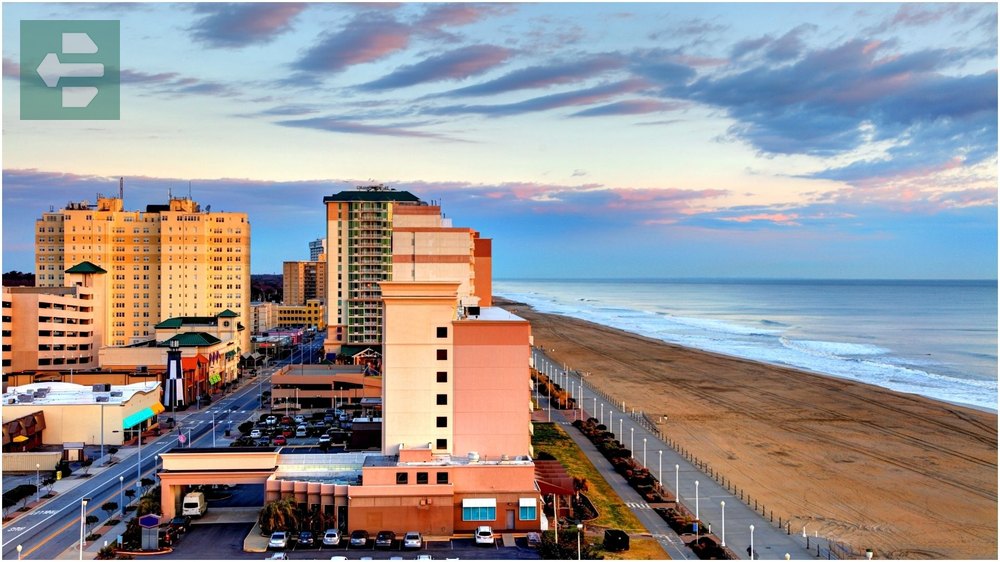
I remember watching sunrise from 17th Street pier on a September morning. Dolphins surfaced beyond the breakers while joggers started their day on empty sand. That peaceful hour before the crowds arrive reveals Virginia Beach's true character.
Local surfers hit First Street Beach for the best waves. The water stays warm enough for swimming through October.
Quick Facts:
- Peak season: June-August
- Getting there: I-64 East to end
- Beach access: Free
- Suggested stay: 3-5 days
- Key areas: Boardwalk, Chesapeake Bay Bridge area, First Landing State Park
3. Shenandoah National Park: Blue Ridge Sanctuary
Shenandoah follows Virginia's Blue Ridge Mountains for 105 miles. Skyline Drive connects overlooks, waterfalls, and hiking trails through deciduous forests.
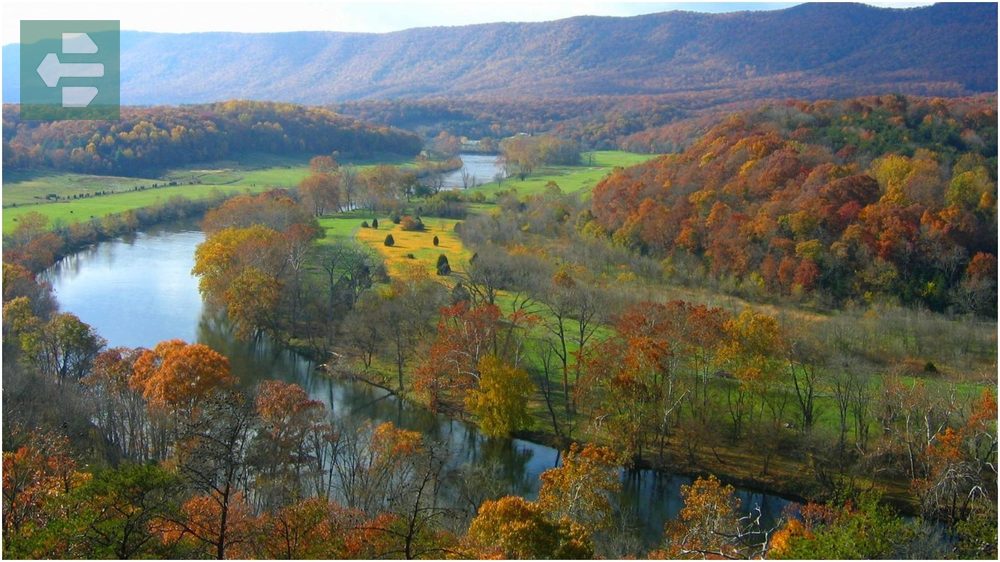
Fall transforms the park into nature's art gallery. October brings peak color, but early November offers clearer views with fewer visitors. Winter reveals mountain bones through bare branches.
Park rangers recommend starting hikes before 9 AM during peak season. Popular trails like Old Rag fill up fast, but lesser-known paths offer equal beauty with solitude.
Quick Facts:
- Peak season: October (fall foliage)
- Getting there: I-66 West to Front Royal entrance
- Admission: $30 per vehicle
- Suggested stay: 2-4 days
- Key spots: Skyline Drive, Old Rag Mountain, Dark Hollow Falls
4. Richmond: Capital Character
Richmond blends Civil War history with modern arts districts. The Fan neighborhood showcases Victorian architecture while Scott's Addition buzzes with breweries and galleries.

Monument Avenue tells America's complicated story through statues and recent changes. The Virginia Museum of Fine Arts houses world-class collections in a building that's architectural art itself.
Local tip: Hollywood Cemetery offers James River views and famous grave sites. It's where many locals jog and walk dogs, treating it like the beautiful park it resembles.
Quick Facts:
- Peak season: April-May, September-October
- Getting there: I-95 or I-64
- Museum admission: varies
- Suggested stay: 2-3 days
- Key areas: Fan District, Monument Avenue, Shockoe Bottom
5. Monticello: Jefferson's Mountain
Thomas Jefferson designed Monticello as his “essay in architecture.” The house reflects his interests in science, philosophy, and innovation through ingenious details and hidden spaces.

The grounds reveal Jefferson's agricultural experiments. Gardens showcase plants he introduced to America while the landscape demonstrates his belief that beauty and function should unite.
Book specialty tours focusing on slavery or architecture for deeper understanding. The mountaintop location provides stunning views of Charlottesville and the Blue Ridge beyond.
Quick Facts:
- Peak season: April-October
- Getting there: Route 53 from Charlottesville
- Admission: from $29
- Suggested stay: Half day
- Key features: House tour, gardens, Jefferson's gravesite
6. Charlottesville: University Town Charm
Charlottesville wraps around the University of Virginia like a comfortable sweater. Jefferson's “Academical Village” anchors a city that values learning, local food, and live music.

The Downtown Mall, a pedestrian brick walkway, connects shops, restaurants, and the renovated Paramount Theater. Local musicians perform regularly in this outdoor living room.
For wine lovers, Jefferson's vision extends beyond architecture. The region now produces world-class vintages at vineyards dotting the surrounding countryside.
Quick Facts:
- Peak season: April-May, September-November
- Getting there: I-64 West from Richmond
- University tours: Free
- Suggested stay: 2-3 days
- Key spots: UVA campus, Downtown Mall, nearby wineries
7. Natural Bridge: Limestone Wonder
Natural Bridge rises 215 feet from Cedar Creek, carved by water over millions of years. George Washington surveyed it. Jefferson owned it. Today, it anchors a state park that protects this geological marvel.

The easy walk to the bridge takes fifteen minutes through a gorge that stays cool even in summer. Hidden along the trail, Lace Falls tumbles 30 feet over moss-covered rocks.
Evening light shows project colors onto the bridge while stars appear overhead. The combination of natural wonder and gentle technology creates magic without overwhelming nature's artistry.
Quick Facts:
- Peak season: April-October
- Getting there: I-81 to Exit 175
- Admission: from $8
- Suggested stay: Half day
- Key features: Natural Bridge, caverns, hiking trails
8. Mount Vernon: Washington's Refuge
Mount Vernon overlooks the Potomac River where George Washington found peace between public service demands. The mansion, outbuildings, and gardens reflect 18th-century plantation life.

Washington's tomb sits in a simple brick structure he designed. The location he chose offers river views and morning quiet that reveals why he loved this land.
The museum displays artifacts that humanize America's first president. His dentures, made from ivory and gold rather than wood, correct old myths while revealing the man behind the legend.
Quick Facts:
- Peak season: April-October
- Getting there: George Washington Parkway south from Alexandria
- Admission: from $28
- Suggested stay: Half day
- Key features: Mansion tour, gardens, museum, tomb
9. Alexandria: Cobblestone Stories
Old Town Alexandria preserves 18th and 19th-century architecture along the Potomac River. Cobblestone streets lead to restaurants, shops, and historic sites within walking distance of each other.
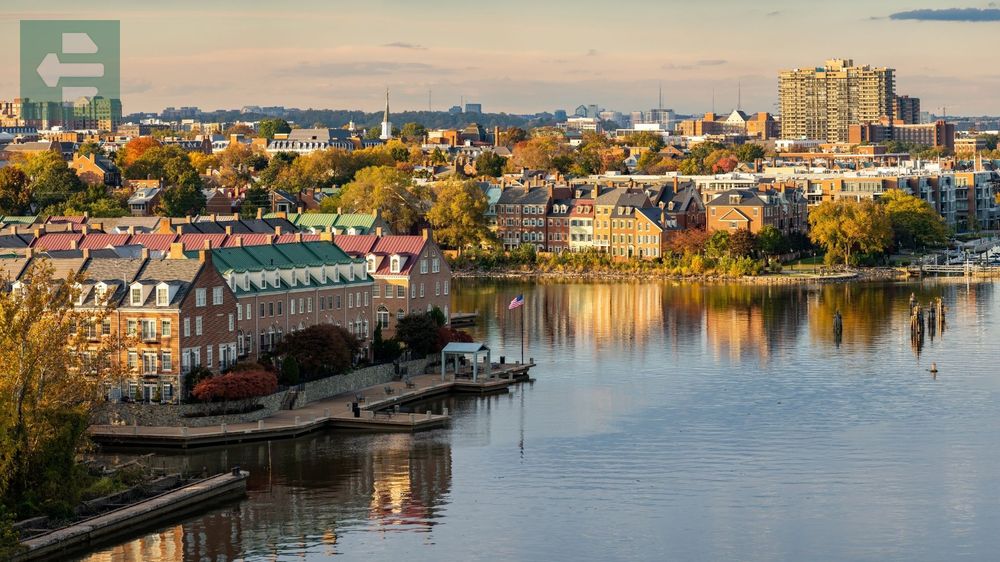
The waterfront offers harbor views and boat tours to Mount Vernon. King Street connects the Metro station to the river, creating an easy car-free day.
Saturday farmers markets on Market Square have operated since George Washington's time. Local vendors sell seasonal produce while musicians perform on surrounding street corners.
Quick Facts:
- Peak season: April-June, September-November
- Getting there: Metro Blue/Yellow Line
- Walking tours: from $15
- Suggested stay: 1-2 days
- Key areas: King Street, Waterfront, Old Town
Norfolk centers on the world's largest naval base while embracing arts and culture. The Norfolk Botanical Garden displays 175 acres of themed gardens that bloom throughout growing season.

The Chrysler Museum houses outstanding glass collections in a renovated 1930s building. Nearby, the NEON District pulses with murals, galleries, and live music venues.
Harbor tours pass massive aircraft carriers and destroyers that call Norfolk home. The scale impresses while guides explain how naval power projects from this Virginia port to oceans worldwide.
Quick Facts:
- Peak season: April-June, September-October
- Getting there: I-264 East
- Botanical Garden: from $12
- Suggested stay: 2-3 days
- Key attractions: Naval base tours, Chrysler Museum, botanical gardens
Your Virginia Adventure Awaits
Virginia rewards travelers who seek variety. History buffs find stories spanning four centuries. Nature lovers discover mountains, beaches, and everything between. The best places to visit in Virginia offer experiences that satisfy curiosity while creating lasting memories.
Pack comfortable shoes for cobblestone streets and hiking trails. Bring a camera for sunrise views and architectural details.
Your Virginia journey starts with choosing which story calls loudest. Whether that's Jefferson's mountaintop, Shenandoah's ridgelines, or Virginia Beach's endless horizon, adventure waits just beyond your next turn.
